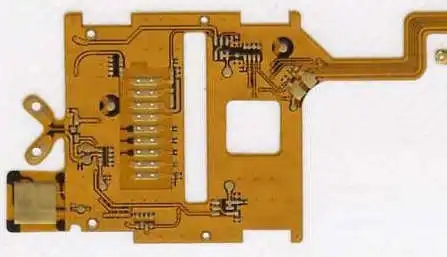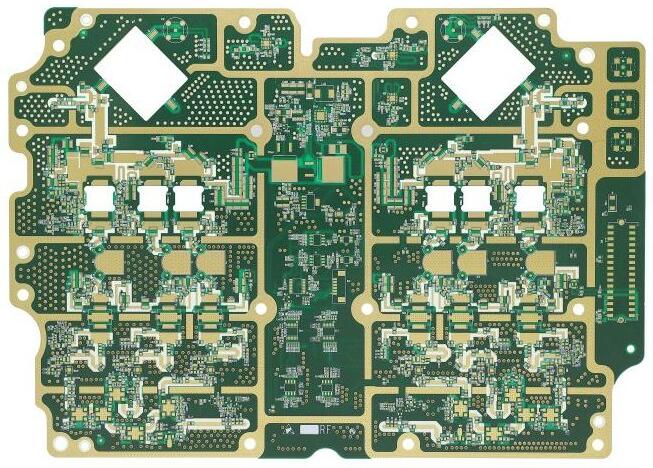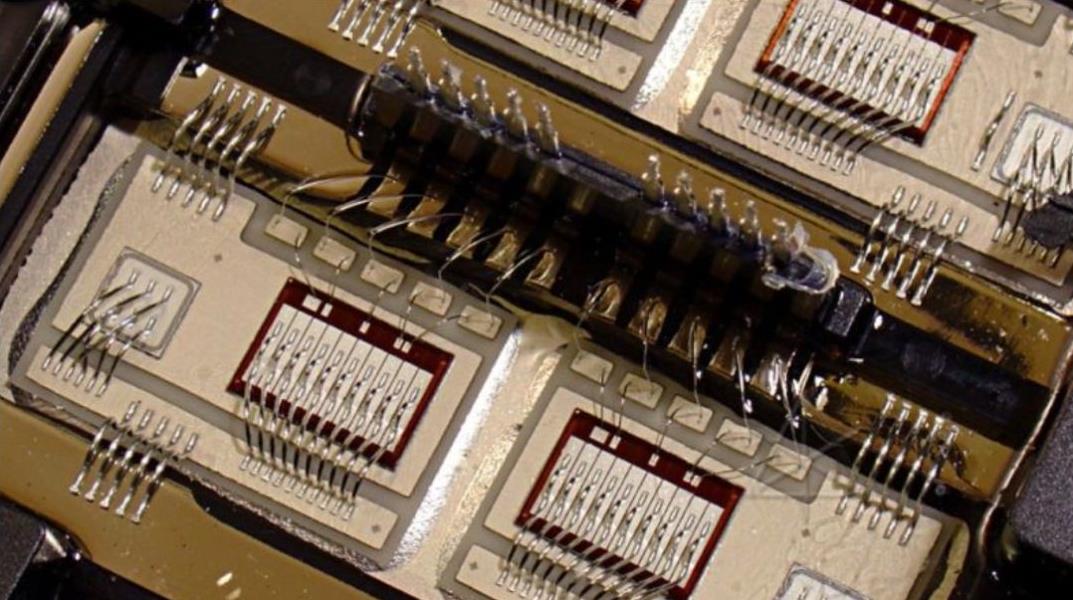
Detailed explanation of 10 advantages of soft PCB
With the increasing output ratio of soft PCB and the application and promotion of rigid and flexible PCB, it is now common to add soft, rigid or rigid and flexible PCBs when talking about PCBs. Generally, PCB made of soft insulating substrate is called soft PCB or flexible PCB, and rigid flexible composite PCB is called rigid flexible PCB. It meets the needs of today's electronic products to develop in the direction of high-density, high reliability, miniaturization and lightweight, and also meets the strict economic requirements and the needs of market and technical competition.
Next, 10 advantages of flexible PCB will be introduced in detail:
1. Flexible
One of the remarkable advantages of the application of soft PCB is that it can be more convenient to route and assemble in three-dimensional space, and can also be curled or folded for use. As long as it is curled within the allowable radius of curvature, it can withstand thousands to tens of thousands of times of use without damage.

2. Reduce volume
In the assembly and connection of components, compared with the use of wire cables, the conductor section of flexible PCB is thin and flat, which reduces the wire size and can be formed along the chassis, making the structure of the equipment more compact and reasonable, and reducing the assembly and connection volume. Compared with rigid PCB, space can be saved by 60-90%.
3. Reduce weight
In the same volume, the weight of flexible PCB can be reduced by about 70% compared with wire and cable under the same current carrying capacity, and by about 90% compared with rigid PCB.
4. Consistency of assembly and connection
The flexible PCB is used for assembly and connection, which eliminates errors in wiring with wires and cables. As long as the processing drawings are checked, all the flexible circuits produced later are the same. There will be no wrong connection when installing the connecting wire.
5. Increased reliability
When soft PCB assembly is adopted, because wiring can be conducted on the X, Y, Z planes, switching interconnection is reduced, reliability of the whole system is increased, and fault inspection is convenient.
For more information about electronic PCBA board or SMT processing and PCBA processing, please pay attention to Nordea Electronics.
6. Controllability of electrical parameter design
According to the use requirements, the designer can control capacitance, inductance, characteristic impedance, delay and attenuation when designing soft PCB. It can be designed with the characteristics of transmission line. Because these parameters are related to wire width, thickness, spacing, insulation layer thickness, dielectric constant, loss tangent, etc., it is difficult to do this when using wire cables.
7. The end can be soldered as a whole
Soft PCBs, like rigid PCBs, have terminal pads, which can eliminate wire stripping and tin lining, thus saving costs. For the connection of terminal pads with elements, devices and plugs, dip welding or wave soldering can be used instead of manual soldering of each wire.
8. Materials can be selected
Soft PCB can be manufactured with different substrate materials according to different use requirements. For example, polyester film can be used in connection applications requiring low cost. In demanding applications, excellent performance is required, and polyacrylate sub film can be used.
9. Low cost
The total cost can be reduced by using flexible PCB assembly. This is because:
1) Due to the consistency of various parameters of flexible PCB wires; The overall termination is implemented to eliminate the errors and rework that often occur during the cable wire assembly, and the replacement of flexible PCB is relatively convenient.
2) The application of flexible PCB simplifies the structural design, which can be directly adhered to the components, reducing the clamp and its fixing parts.
3) For wires requiring shielding, the price of flexible PCB is lower.
10. Continuity of processing
As the flexible foil clad plate can be continuously supplied in rolls, the continuous production of flexible PCB can be realized. This also helps to reduce costs.







